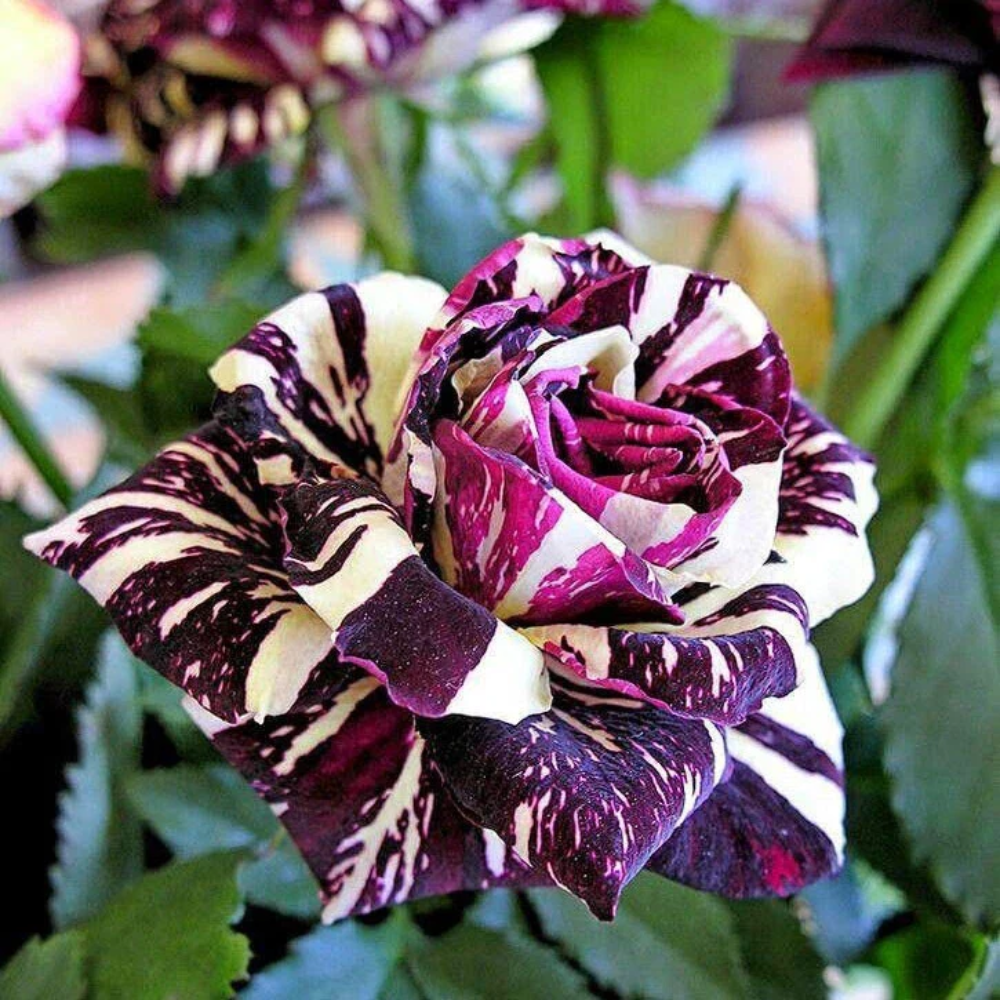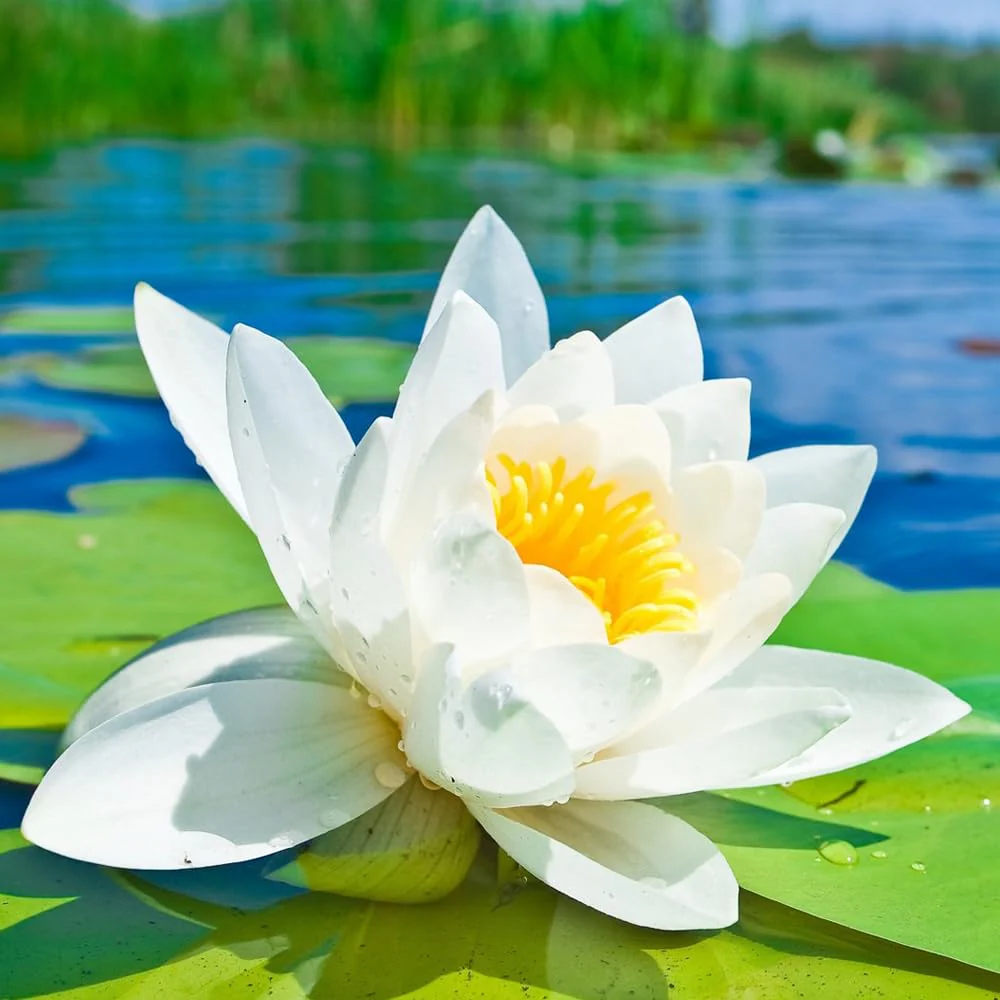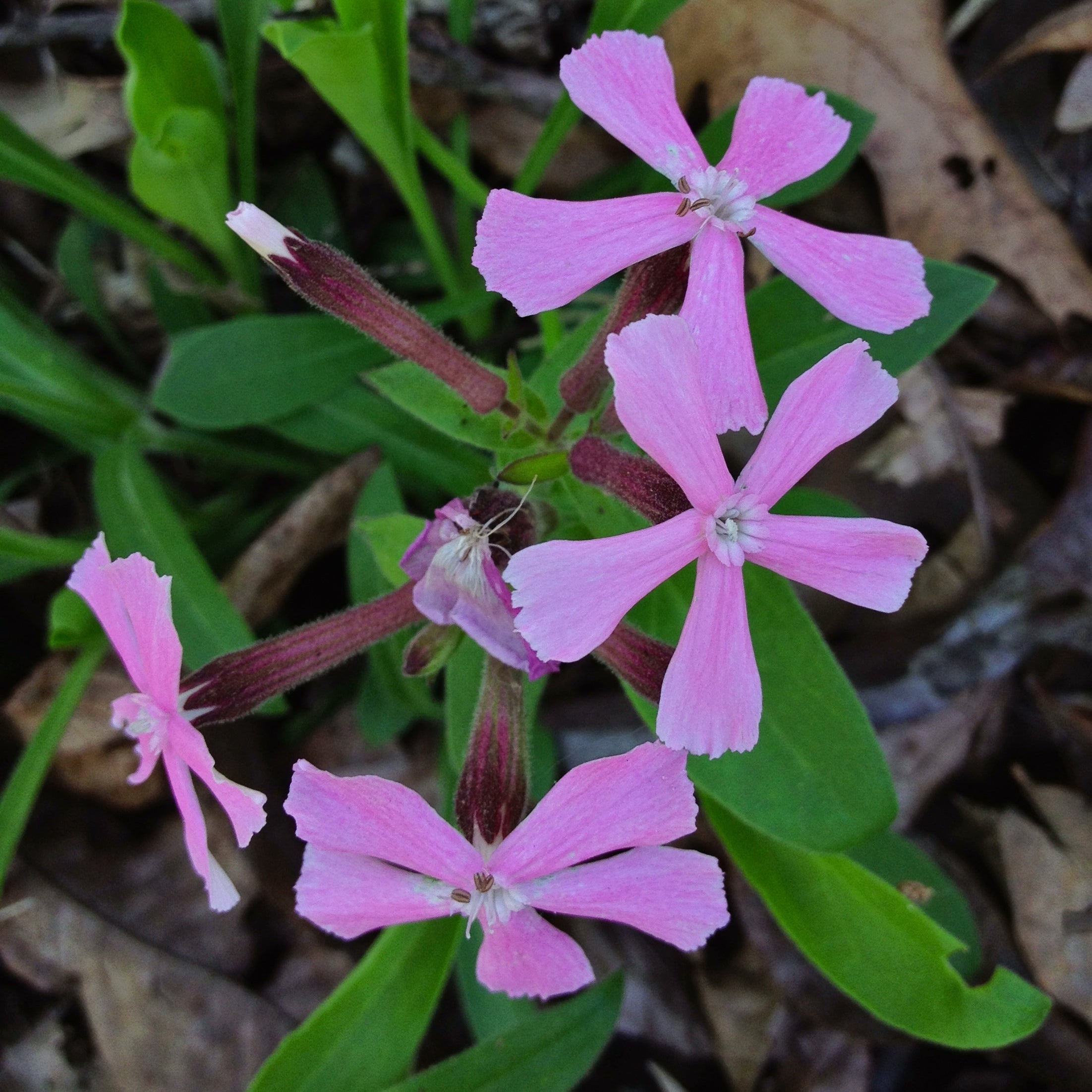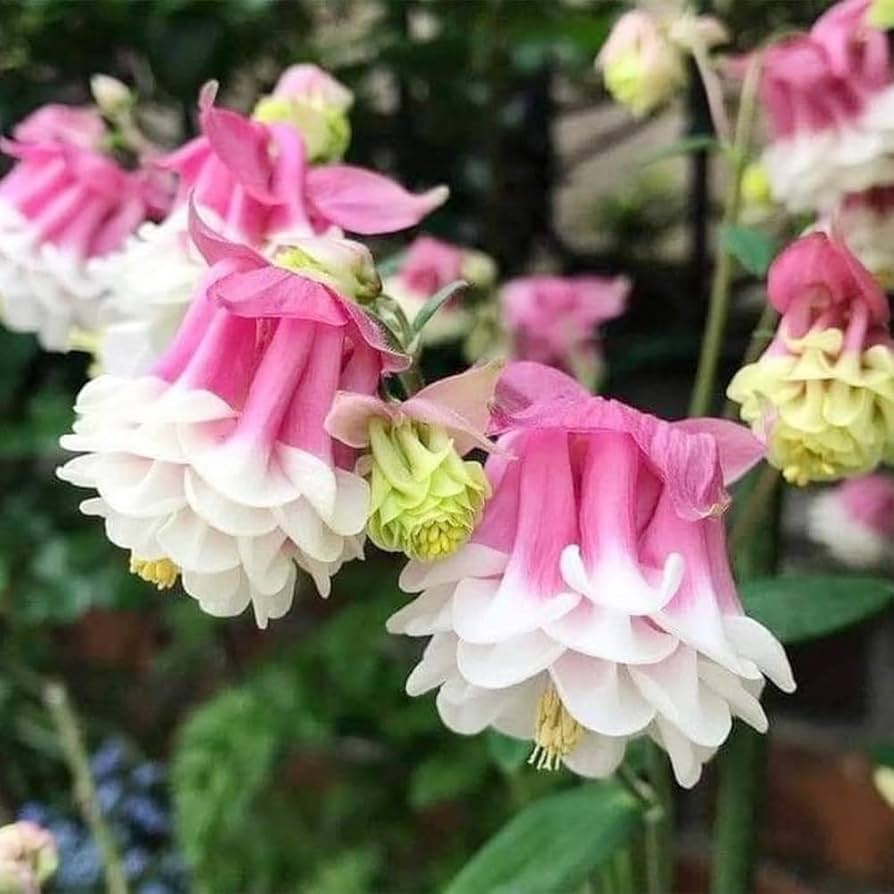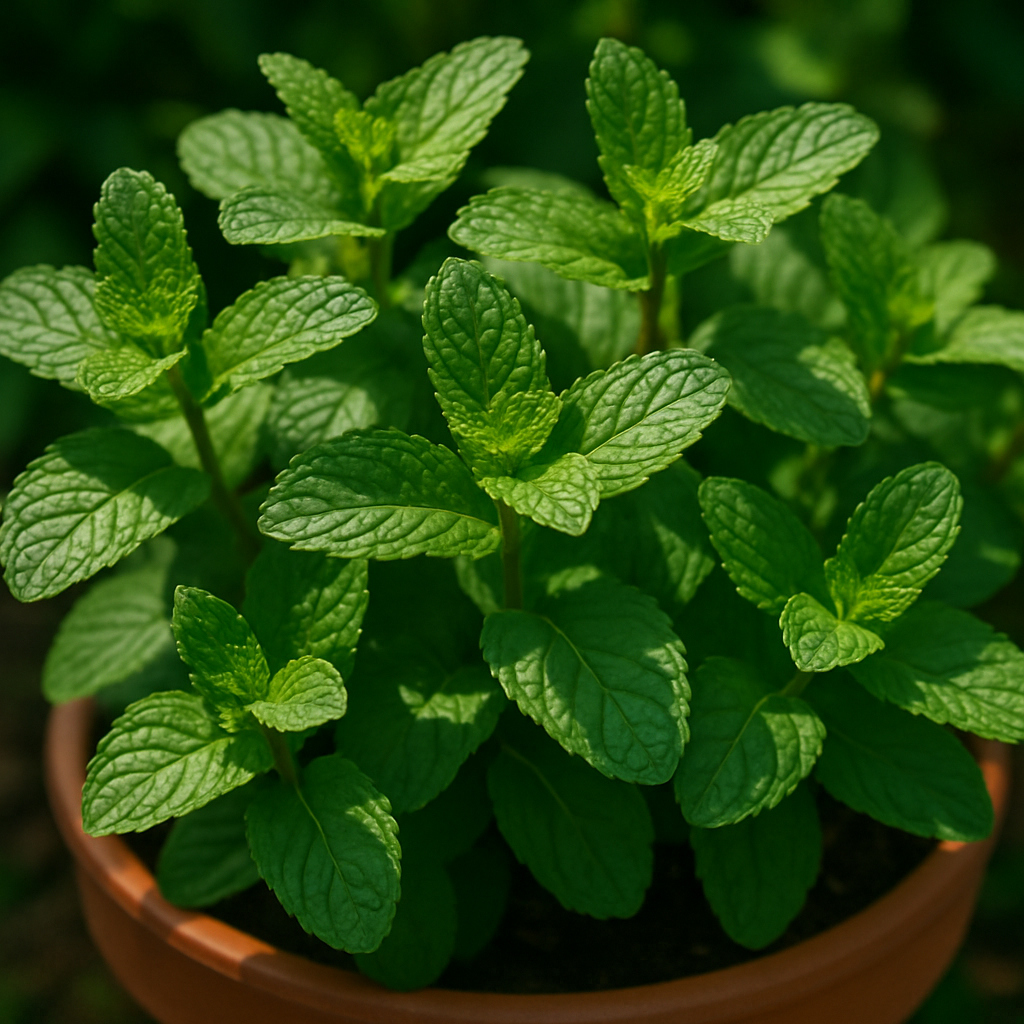Mint is one of the most popular and versatile herbs you can grow at home. Whether you enjoy it in teas, chutneys, cool drinks, or salads, mint brings refreshing flavor and countless health benefits. While it’s often propagated by cuttings, starting mint from seeds is a rewarding and cost-effective way to grow your own organic supply.
In this blog, you’ll discover the best practices and care tips for successfully growing mint from seeds—whether in pots, containers, or garden beds.

Why Grow Mint from Seeds?
Starting mint from seeds offers several advantages:
-
Cost-effective: A single packet of seeds can yield many plants.
-
Wide variety: Choose from spearmint, peppermint, lemon mint, and more.
-
Organic control: You have full oversight from germination to harvest.
-
Fresh supply year-round when grown indoors or in containers.
While germinating mint seeds may take patience, the results are worth the wait.
Best Time to Plant Mint Seeds
Mint seeds can be sown:
-
Indoors: Anytime of the year, especially in containers on a windowsill.
-
Outdoors: In spring or early summer after the last frost.
Soil temperature should be at least 18–21°C (65–70°F) for best germination.
Ideal Conditions for Mint Growth
Soil
-
Use loamy, well-draining soil rich in organic matter.
-
Maintain a soil pH between 6.0 and 7.0.
-
Enrich with compost or aged manure before planting.
Sunlight
-
Mint prefers partial to full sunlight (4–6 hours daily).
-
In hotter climates, provide afternoon shade to prevent wilting.
Watering
-
Keep the soil consistently moist but not soggy.
-
Water when the top inch of soil feels dry.
-
Mint thrives in moisture, especially during hot weather.
How to Grow Mint from Seeds
1. Prepare the Seed Tray or Pot
-
Fill trays or pots with a light, organic seed-starting mix.
-
Moisten the soil before sowing.
2. Sow the Seeds
-
Sprinkle mint seeds lightly on the surface of the soil.
-
Gently press the seeds in—do not bury deeply, as they need light to germinate.
-
Mist with water to settle them in place.

3. Provide Proper Conditions
-
Cover with a plastic dome or wrap to maintain humidity.
-
Place in a warm, well-lit location.
-
Maintain a consistent temperature of 18–21°C (65–70°F).
4. Germination and Transplanting
-
Mint seeds germinate in 10–16 days.
-
Once seedlings are about 2 inches tall with several leaves, transplant them into larger pots or garden beds, spacing them 12–18 inches apart.
Mint Plant Care Tips
-
Prune regularly to encourage bushier growth and prevent flowering.
-
Harvest leaves frequently, starting with the top stems.
-
Fertilize monthly with a diluted organic liquid fertilizer.
-
Keep the plant in check—mint spreads rapidly and can become invasive.
-
For container mint, trim roots yearly and refresh the soil.

Common Problems and Solutions
-
Yellowing leaves: Overwatering or poor drainage—improve soil or reduce watering.
-
Leggy growth: Not enough light—move to a brighter location.
-
Pests: Mint is usually pest-resistant, but aphids and spider mites can appear. Use neem oil or soapy water spray as a natural solution.
Final Thoughts
Growing mint from seeds is a simple and satisfying process that gives you a constant supply of this aromatic herb. With the right soil, sunlight, and care, even beginners can enjoy a thriving mint plant at home. Whether in containers on your balcony or in the corner of your garden, mint is a must-have for any herb gardener.
Shop high-quality mint seeds now at PureAsiaSeeds.com and bring freshness to your garden and kitchen.
